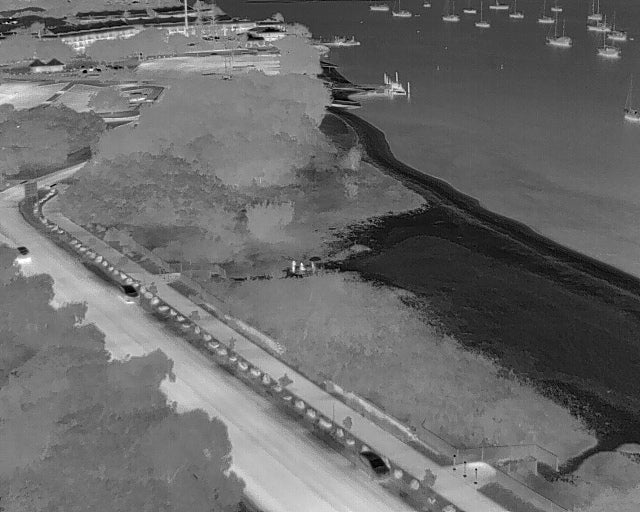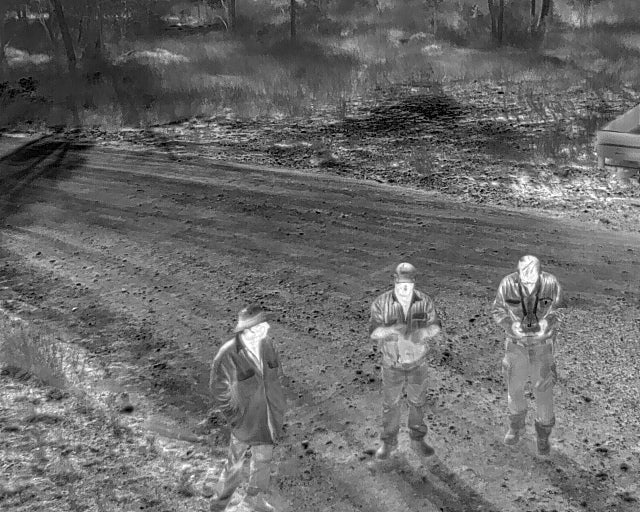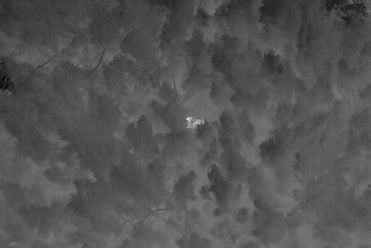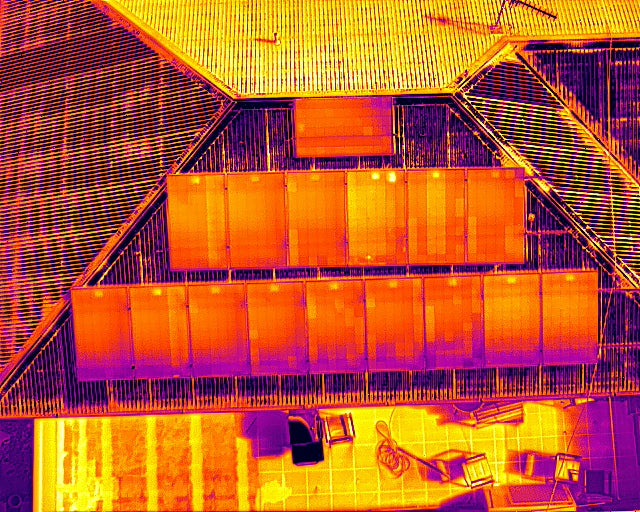Search and Rescue
Harness the power of drones for critical search and rescue operations when every second counts.
Unlocking New Possibilities: Drones in Search and Rescue Operations
Discover how drones equipped with advanced thermal imaging and cutting-edge night vision capabilities are revolutionizing the way search and rescue operations are conducted, providing unprecedented efficiency and effectiveness in locating and reaching individuals in need of assistance, even in the most challenging and hazardous conditions.
Drone Search and Rescue: Saving Lives from Above
Natural Disaster Response
Missing Persons Search
Emergency Response Support
Missing Dog or Pet Search

Unlocking New Possibilities with Drone Technology for Search and Rescue
Discover the numerous advantages of utilizing drones for search and rescue missions. With their rapid deployment, wide area coverage, and ability to provide real-time data, drones are revolutionizing the way search and rescue operations are conducted.

Operational Procedures for Search and Rescue Missions
When a search and rescue mission is initiated, our team follows a well-defined process to ensure a successful outcome. From the initial call to mission execution, we prioritise efficiency and effectiveness.
Find answers to commonly asked questions about the legalities, capabilities, and limitations of drone use in search and rescue.
Drones assist in search and rescue by providing aerial views of vast areas quickly. Equipped with cameras and sensors, they help locate missing persons or assess dangerous areas without risking human lives.
Specialized drones with high-resolution cameras, thermal imaging, and night vision are commonly used. These features allow drones to detect heat signatures and locate individuals in low-light or hard-to-reach areas.
Thermal drones detect heat signatures, making them invaluable for locating individuals in dense forests, at night, or in challenging terrains where visibility is low. This capability helps rescue teams find people faster and with greater accuracy.
While drones offer many benefits for search and rescue missions, they also have limitations. Factors such as battery life, weather conditions, and airspace restrictions can impact their effectiveness. Additionally, drones may not be suitable for certain search and rescue operations, such as underwater or underground searches.
While drones are versatile, their effectiveness depends on weather conditions. High winds, rain, or extreme heat impact performance, but many search-and-rescue drones are designed to withstand moderate adverse conditions and continue operations reliably.


